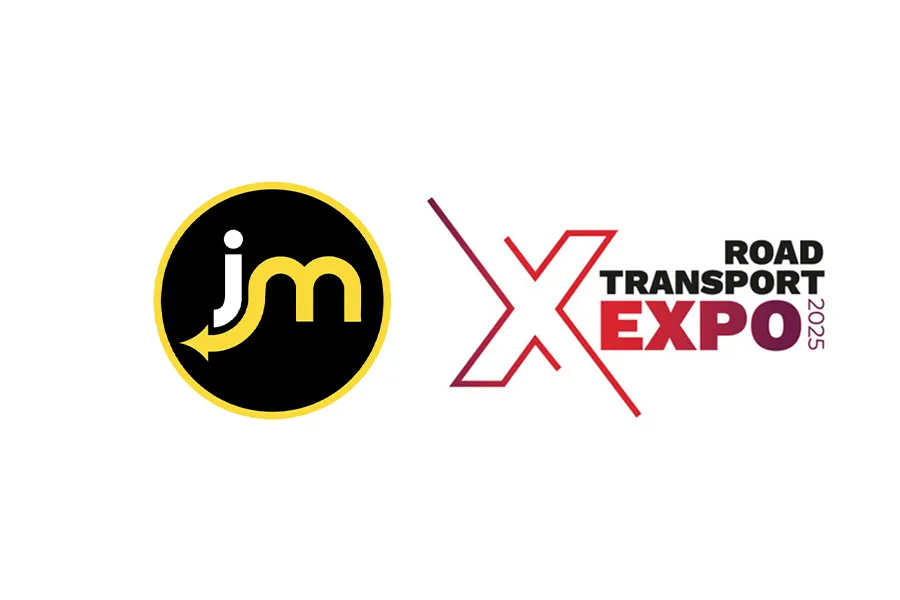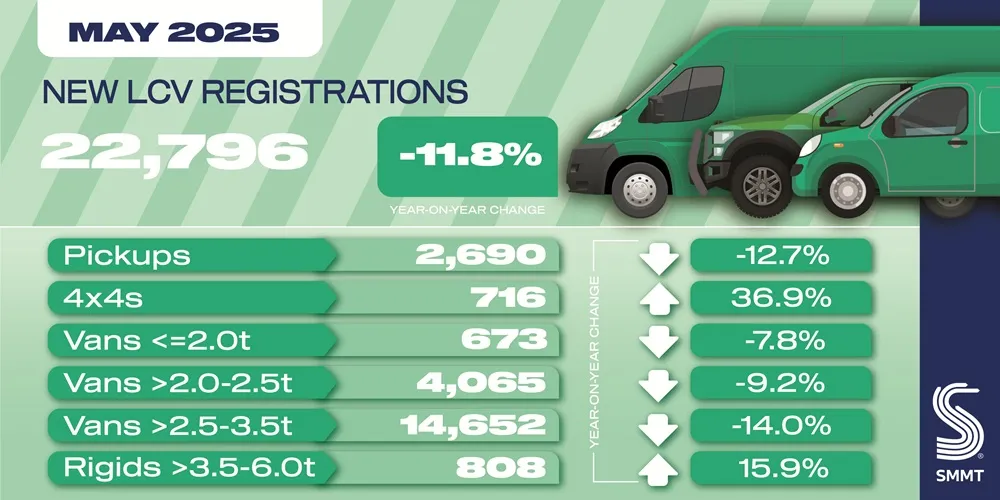After a healthy 17.2% increase in October, the commercial vehicle market saw a decline of 7.8% compared to November 2020. With 7,940 commercial vehicles (CV) produced, this is a decline of 4.4% compared to the pre-pandemic five-year average, in figures released by the Society of Motor Manufacturers and Traders (SMMT).
Commercial Vehicle Market Stagnates as Semiconductor Shortage, Coupled with Covid-19 Bites
In the weakest November since 2017, semiconductor shortages and Covid-19 problems have undeniably continued to damage the market. The decline was driven by a -16.4% fall in the number of...
Commercial Vehicle Market Stagnates as Semiconductor Shortage, Coupled with Covid-19 Bites
In the weakest November since 2017, semiconductor shortages and Covid-19 problems have undeniably continued to damage the market. The decline was driven by a -16.4% fall in the number of...








